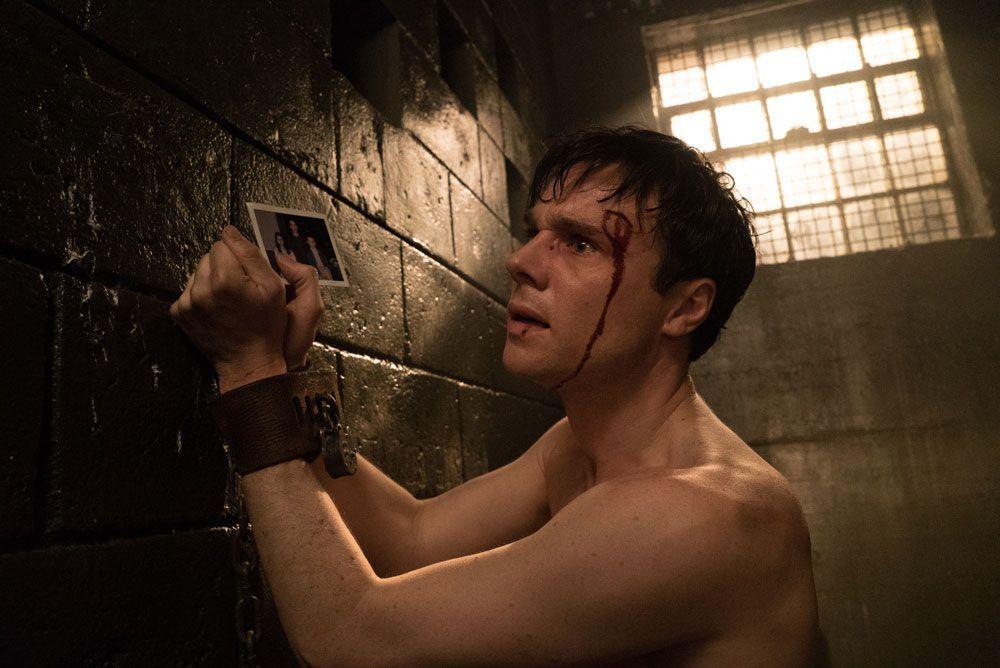 Dear Mr. Spotnitz,
Dear Mr. Spotnitz,
I'm a devoted enthusiast of speculative fiction across all media as well as a writer and university student.
I've been deeply captivated by The Man in the High Castle and its exploration of alternate history and the resilience of the human spirit. However, the ending of the final season left me with a multitude of questions.
John Smith's demise and the opening of the portal, Hawthorne's departure and the influx of people from other realities have left the fate of this world hanging in the balance. What becomes of Amy and Jennifer? What happened to BCR? Will the resistance attempt to restore Nazi rule in America? Can the resistance, possibly with aid from the multiverse, finally overthrow the regime?
As fans of speculative fiction, we thrive on exploring the possibilities and consequences of such events. The open ending of the series has sparked countless discussions and theories, and I'm eager to know if you have any insights into what might have happened next.
Thank you for creating such a thought-provoking and impactful series.
Sincerely,
Latifa
Thank you so much for your thoughtful questions, Latifa. I stopped working on the series early in the second season due to creative differences with the studio. But my colleague and friend Daniel Percival stayed until the end as a writer, producer and director. I’m turning the Mailbag over to Dan to answer your question:
I empathise with your inquiry. The ending of MITHC is ambiguous and intentionally asks as many questions as it answers.
Throughout the series we gradually establish the idea that people are either pushed or compelled between worlds due to the pain of loss and longing for or from loved ones. We also establish that people can only cross to a world if they have ceased to exist in it (no two objects can occupy the same space at the same time), leaving an opening.
In our imagined reality, that pain of loss is extreme given the high number of tragic deaths. And therefore there are an abundance of openings and a great weight of compulsion.
These travellers often bring films with them; films that Abendsen has been collecting. Evidence of the infinite variables of alternate realities.
The die Niebenweldt machine, built in the Poconos mountain range, was imagined by Philip K Dick in an unfinished follow-up to his original novel. The Machine was created by the Nazis as a way to attack and control parallel worlds. But, by punching a hole in the multiverse, the Nazis inadvertently opened a huge portal that will, inevitably, pull travelers from many universes towards it. As John Smith predicts, a doorway out is also a doorway in.
Tagomi discovered that the universe craves balance, and that is what we see at the end of the show, a great rebalancing of a world dominated by brutality. The pulling in of all those souls who crave to be here or who are powerfully missed. If we stayed in the Die Niebenweldt machine longer Tagomi himself (or at least a version of him) would enter from the light.
These people coming from the light will all, in some way, eventually contribute to the downfall of the Nazi and Japanese regimes. Selection is not random. The universe favours those who will contribute to rebalance. Those, who in some way, circulate around the unique energy of Juliana Crane.
This final scene represents the beginning of the end, the great rebalancing Tagomi longed for.
In terms of the next events and the individual fates of our characters, I will leave that to your imagination.
I hope that helps explain a little of what you ask.


